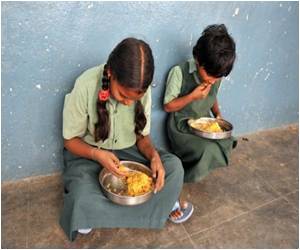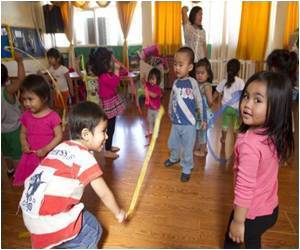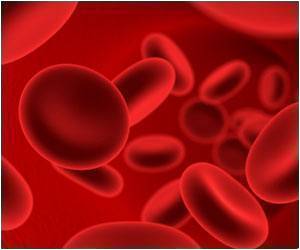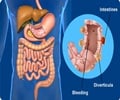The popular caricature of Punjabis is of a robust, relatively-rich people made that way by hearty eating and energetic living.

‘Almost 99 percent of deliveries in Barnala and Faridkot districts are safe; in others, such as Ludhiana and SAS Nagar, one in 10 is still without the assistance of health workers.’





Punjab faces a double burden of obesity and poor nutrition. Obesity among men (27.8 percent) and women (31.3 percent) increased by 5.6 and 1.4 percentage points, respectively, in the decade to 2015. Simultaneously, the proportion of anaemic men doubled between 2005 (13.6 percent) and 2015 (25.9 percent), and anaemic women went up from 38 percent to 53.5 percent. There is some good news too. Though drug-use is surging, only 34 percent of Punjabi men now consume alcohol, down from 43.4 percent in 2005, according to National Family Health Survey-4 (NFHS-4). The proportion of underage marriages among girls has fallen from 19.7 percent in 2005 to 7.6 percent in 2015. The state's sex ratio has improved from 746 to 860 (the all-India ratio: 906 in 2014).
The state had -- and has -- much going for it, but it does not show in its health
Punjab is ranked 16th by population among states but 15th by Net State Domestic Product (NSDP) per capita, according to NITI Aayog. Studies have shown that, historically, free rural electricity linked to the green revolution has not only led to overexploitation of groundwater, but also a fiscal crunch. This has affected public spending on education and health, and there has been little real growth in Punjab's social spending.
Punjab has India's highest proportion of households with improved sources of drinking water, among the lowest proportion of households that practice open defecation, and the fourth-lowest proportion of children younger than five who are underweight.
Advertisement
Among the battleground states of the 2017 elections, Punjab has the second-lowest per capita public health spending at Rs 647 per year, according to the 2013-14 data from the Health Ministry. That has led to infrastructure gaps: For instance, the average population size served by each government-run hospital bed is 2,420 in Punjab, comparable to poorer states such as Odisha, Madhya Pradesh and Assam.
Advertisement
Among India's larger states, Punjab had the second-highest proportion of households (18.5 percent) that reported "catastrophic" healthcare expenditure, after Kerala, according to research from Brookings India, a think tank, based on the latest National Sample Survey Office (NSSO) data.
Often, patients from Punjab travel to neighbouring states seeking medical care. The average expenditure per overnight trip for health and medical purposes was the highest in Punjab among all states and Union territories -- at Rs 31,512, Punjab's average was about double the India average of Rs 15,336, according to a 2016 NSSO report.
Media coverage of Punjab's healthcare sector often features the "cancer train", which carries cancer patients to Rajasthan's Bikaner from Punjab's cotton belt. Pushed out by the high costs, and making use of a railway concession for cancer patients and carers, many poor Punjabis travel to Rajasthan regularly for their cancer treatment.
The proportion of rural households in Punjab with any member covered by health insurance or health scheme is 22.1 percent, compared to Manipur's 3.7 percent, Goa's 11.4 percent, or Uttarakhand's 19.8 percent, according to NFHS 4 data released in 2016. However, district-level disparities in insurance coverage remain: From districts like Patiala, where only 10.5 percent households are covered by health insurance, to Rupnagar where 45.4 percent households are covered.
Up to 70 percent of mothers in Punjab do not receive full antenatal care. The corresponding figure for Goa is 37 percent and Manipur 66 percent, according to NFHS 4. In rural Punjab districts such as Firozpur and Patiala, no more than a fifth of mothers get antenatal care, according to a district-level analysis.
Between 2005 and 2015, Punjab's sex ratio at birth improved from 746 to 860, or about the same as Uttar Pradesh (869 in 2014) and Haryana (866). The all-India average is 906. The improvement has been across urban and rural areas, although the urban-rural difference is wide.
Urban sex ratio at birth for under-five children varies from 1,147 in Bathinda district -- better than the average for Kerala and Puducherry, regions with India's best sex ratios -- to 593 in Amritsar district, among the lowest in India.
Over the last decade, the proportion of fully immunised children has improved in Punjab-from 60.1 percent to 89.1 percent, according to NFHS 4. Yet, district-level inequities remain: Full immunisation coverage varies from 72.3 percent in Ludhiana to 100 percent in Kapurthala.
Safe deliveries or assisted births, either at home or hospital, have also increased over the last decade, from 68.2 percent in 2005 to 94.1 percent in 2015. Almost 99 percent of deliveries in Barnala and Faridkot districts are safe; in others, such as Ludhiana and SAS Nagar, one in 10 is still without the assistance of health workers.
A relook at health and nutrition strategies may be necessary in Punjab, given the double burdens of under- and over-nutrition as well as communicable and non-communicable diseases. As of now, Punjab's health system seems ill-equipped to face new challenges. The state elections give political parties an opportunity to share with voters their vision and plan for a healthy Punjab.
(In arrangement with IndiaSpend.org, a data-driven, non-profit, public interest journalism platform. Oommen C. Kurian is Fellow at Observer Research Foundation's Health Initiative. The views expressed are those of IndiaSpend. Feedback at [email protected])
Source-IANS















